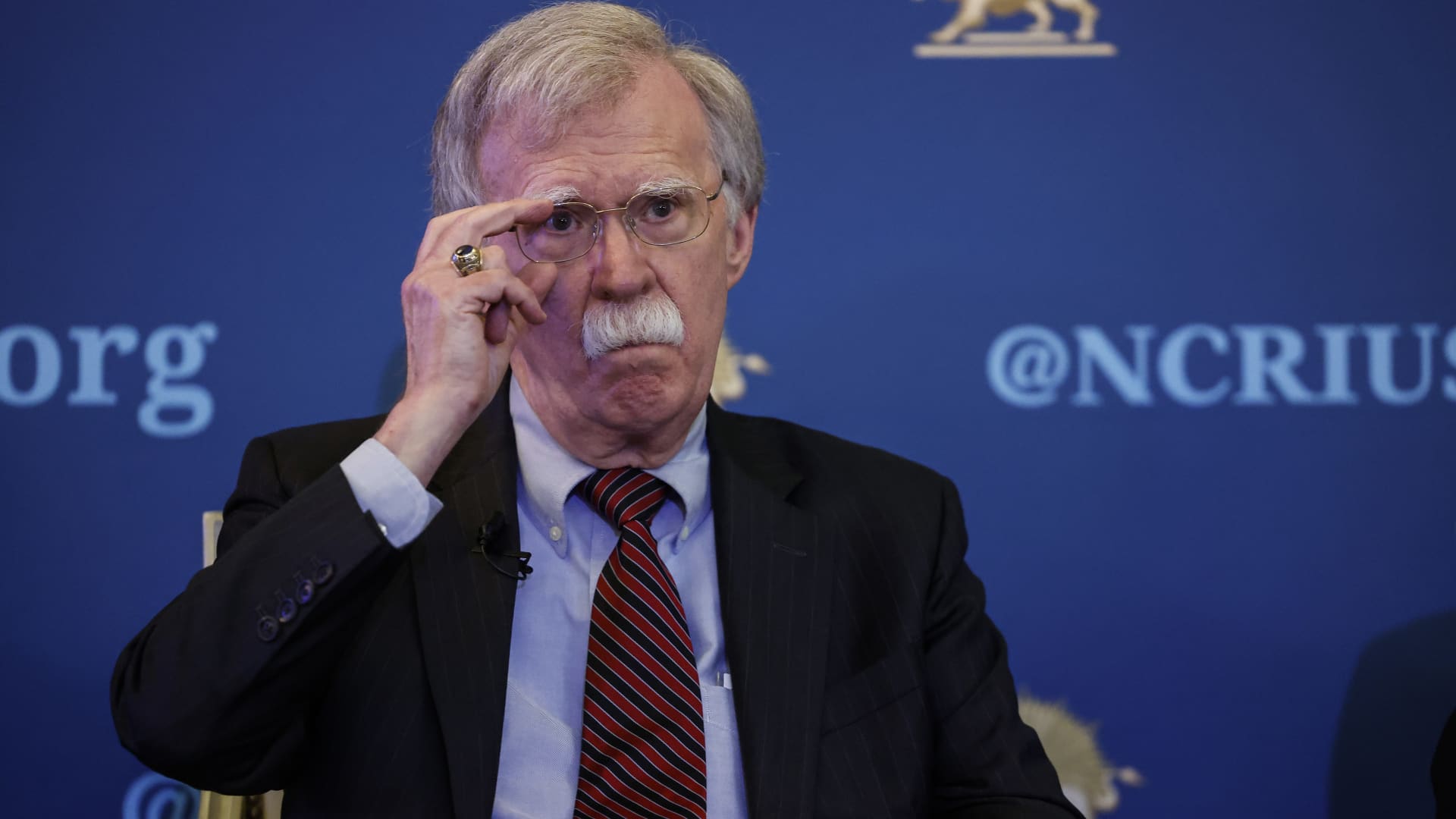Energy
Thursday, January 25th, 2024 5:23 pm EDT
Key Points
- The world’s largest uranium producer, Kazatomprom, is facing production challenges that are expected to result in falling short of production targets through 2025. Construction delays and issues related to the availability of sulfuric acid, a critical component in the extraction process, have contributed to this setback. As a major player in the uranium market, accounting for over one-fifth of global production, Kazakhstan’s Kazatomprom announcement follows similar struggles from other major producers like Canada-based Cameco and France-owned Orano. The uranium market is witnessing increased demand amid a surge in nuclear power production, driven by efforts to shift away from carbon-emitting fuels and reduce reliance on Russian oil and gas.
- The uranium renaissance has been prompted by a significant reactor build program, with over 60 nuclear power reactors under construction and another 110 in the planning stages across 17 countries. The COP28 climate change conference saw more than 60 countries supporting a plan to triple global renewable energy capacity by 2030, bringing nuclear energy back into the spotlight. This surge in demand has led to uranium prices reaching a 16-year high, currently trading around $106 per pound, with expectations of further rallies. Citibank predicts uranium prices to average $110 per pound in 2025, attributing the bull market to mine closures, years of overproduction, and low prices.
- Geopolitical concerns add to the supply worries, as Russia may retaliate against proposed U.S. legislation to ban the imports of Russian enriched uranium. The bill, passed by the House in December, aims to penalize Russia for its war on Ukraine. Russia is a significant uranium producer and the largest enricher, and disruptions in its supply could further contribute to the projected supply deficit. This situation is prompting countries heavily reliant on nuclear power, such as France, to explore alternative supply sources. Although the disruptions may not have an immediate impact on utilities with long-term contracts, the uranium market is experiencing a confluence of factors leading to a larger projected supply deficit and potential disruptions in the nuclear fuel supply chain in the coming years.
The world’s largest uranium producer, Kazatomprom, is facing production challenges that are expected to result in falling short of production targets through 2025. Construction delays and issues related to the availability of sulfuric acid, a critical component in the extraction process, have contributed to this setback. As a major player in the uranium market, accounting for over one-fifth of global production, Kazakhstan’s Kazatomprom announcement follows similar struggles from other major producers like Canada-based Cameco and France-owned Orano. The uranium market is witnessing increased demand amid a surge in nuclear power production, driven by efforts to shift away from carbon-emitting fuels and reduce reliance on Russian oil and gas.
The uranium renaissance has been prompted by a significant reactor build program, with over 60 nuclear power reactors under construction and another 110 in the planning stages across 17 countries. The COP28 climate change conference saw more than 60 countries supporting a plan to triple global renewable energy capacity by 2030, bringing nuclear energy back into the spotlight. This surge in demand has led to uranium prices reaching a 16-year high, currently trading around $106 per pound, with expectations of further rallies. Citibank predicts uranium prices to average $110 per pound in 2025, attributing the bull market to mine closures, years of overproduction, and low prices.
Geopolitical concerns add to the supply worries, as Russia may retaliate against proposed U.S. legislation to ban the imports of Russian enriched uranium. The bill, passed by the House in December, aims to penalize Russia for its war on Ukraine. Russia is a significant uranium producer and the largest enricher, and disruptions in its supply could further contribute to the projected supply deficit. This situation is prompting countries heavily reliant on nuclear power, such as France, to explore alternative supply sources. Although the disruptions may not have an immediate impact on utilities with long-term contracts, the uranium market is experiencing a confluence of factors leading to a larger projected supply deficit and potential disruptions in the nuclear fuel supply chain in the coming years.
For the full original article on CNBC, please click here: https://www.cnbc.com/2024/01/25/worlds-largest-uranium-producer-is-running-short.html




